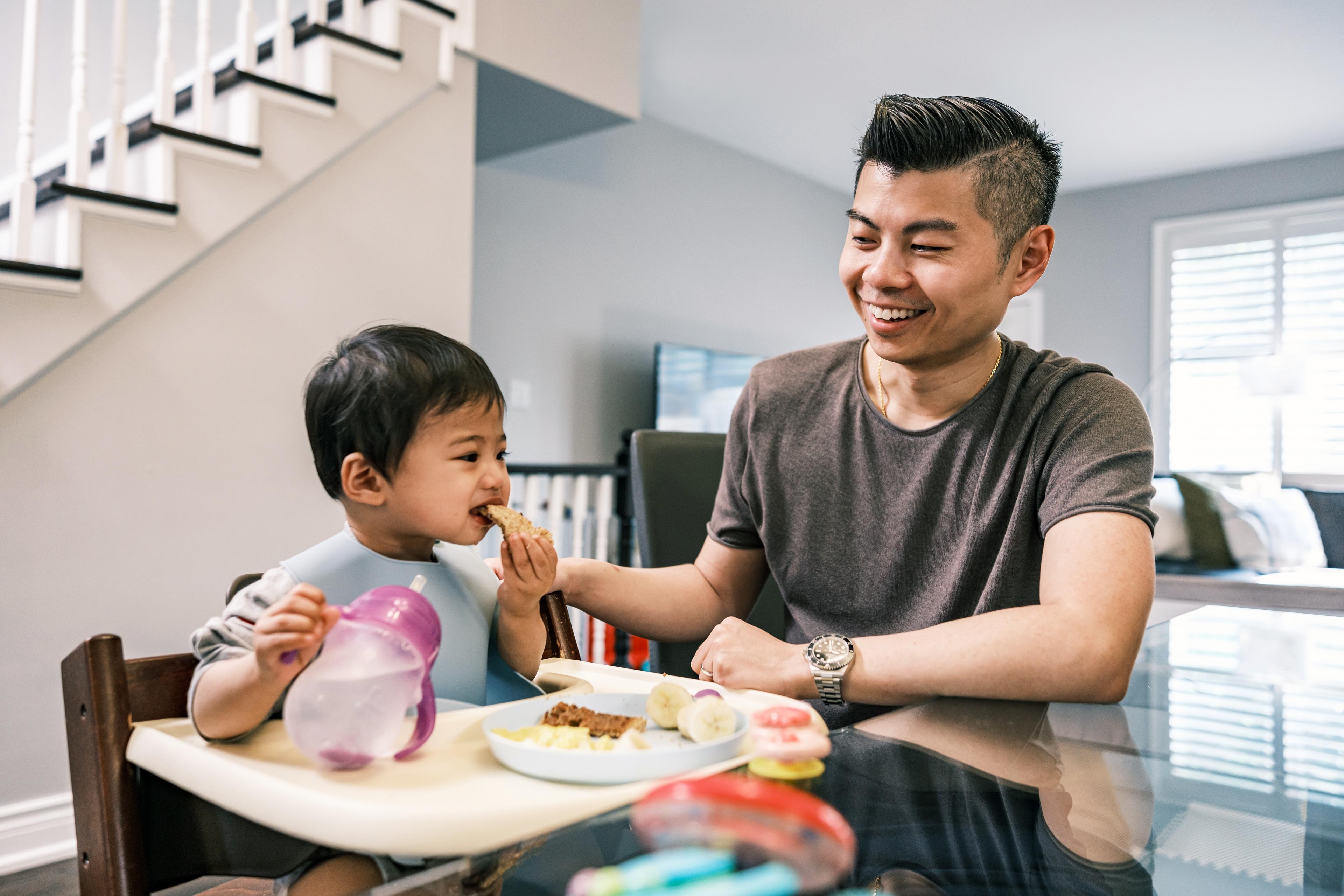How to Check Your Gifts for Potential Dangers to Babies or Toddlers
Shandra Martinez
| 3 min read

Gift-giving season is so exciting for kids, but parents of young children know it can also be a nerve-racking time when little ones are curious about every small object they pick up with their fingers – and that so many of the things they pick up go directly into their mouths.
Sometimes adults are so excited about giving a particular toy or game to a young child, they don’t stop to consider whether that child is old enough to play with something that might have small pieces or parts that could be choking hazards. And if it is a gift for an older child, younger kids don’t always understand that it is not theirs to play with and could end up being hurt, or worse.
Last year, 14 children in the U.S. died as a result of toy-related injuries. In 2019, there were also more than 78,000 toy-related injuries involving children age 4 or younger who had to be treated in hospital emergency departments, according to the U.S. Consumer Product Safety Commission (CPSC). For children in this youngest age group, swallowing a non-food item, a foreign body or suffering an internal injury due to a toy were the top-ranked accidents. Toy vehicles and building sets were high on the injury-causing list.
Packaging on most toys has labeling that talks about what age range the toys are appropriate for. Under the CPSC, the Small Parts Regulation requires that any toy small enough – or with parts small enough – to fit into a specifically-sized tube may not be marketed as a toy for children age 3 or younger. Many toys with small pieces are labeled with warnings that they contain parts that may be a choking hazard to small children.
To ensure a child’s safety, check over toys before you give them as gifts. Parents will also want to examine each present their child receives and be aware of others they might have access to. Other CPSC holiday tips to keep kids safe include:
- Follow the age-appropriate guidelines on a toy’s packaging.
- Pick toys that match a child’s interests and abilities.
- If purchasing a riding toy, also get the safety gear. Helmets should always be worn properly. They should be the right size to fit the child.
- Always keep small balls and toys with small parts away from children younger than 3.
- Keep deflated balloons away from children younger than 8.
- Throw away broken balloons immediately.
- Buy toys from retailers you trust.
- High-powered magnet sets are a safety risk to children, both toddlers and teens. Children can swallow loose magnets, causing serious injuries.
Related:
Photo credit: Getty





